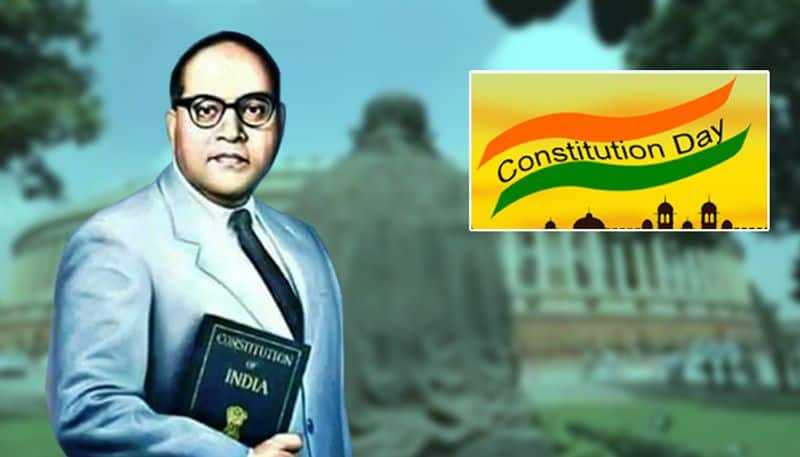November 26 of every year is celebrated as Constitution Day, as it is the day on which the Constitution was adopted. It was first celebrated in 2015, as a tribute to Father of the Constitution BR Ambedkar. The Indian Constitution that has over 90,000 words is the work of 271 men and women who were part of the constituent assembly that drafted it.
The Constitution of India was adopted on November 26, 1949 and is an important landmark in the country's journey as an independent, sovereign republic. The constitution day is also known as the Samvidhan Divas. Although it was adopted on this day, it only came into force on January 26, 1950, celebrated as Republic Day.
Constitution Day was first celebrated four years ago in 2015, when the government decided to mark the day as a tribute to BR Ambedkar, who played an important role in the framing of the Indian Constitution.
Upon India's independence in 1947, the new Congress-led government invited BR Ambedkar to serve as the nation's first Law and Justice Minister.
On August 29, he was appointed Chairman of the Constitution Drafting Committee, and was appointed by the Constituent Assembly to write India's new Constitution.
The draft of the constitution was prepared by a committee chaired by BR Ambedkar, a lawyer, scholar and champion of the down-trodden.
November 26 was commemorated as National Law Day, after a resolution by the Supreme Court Bar Association, a lawyers' body, in 1979.
BR Ambedkar had studied the constitutions of about 60 countries. The text prepared by him provided constitutional guarantees and a wide range of civil liberties for citizens including freedom of religion, the abolition of untouchability, and the outlawing of all forms of discrimination.
The scholar argued for extensive economic and social rights for women, and won support for introducing a system of reservations of jobs in the civil services, schools and colleges for members of scheduled castes and scheduled tribes and Other Backward Class.
The Indian Constitution that has over 90,000 words is the work of 271 men and women who were part of the constituent assembly that drafted it. By all means the Constitution serves as a powerful emancipation proclamation ending centuries of discrimination, economic, political and social exclusion for millions of people.
Last Updated Nov 26, 2019, 9:56 AM IST











![Salman Khan sets stage on fire for Anant Ambani, Radhika Merchant pre-wedding festivities [WATCH] ATG](https://static-ai.asianetnews.com/images/01hr1hh8y86gvb4kbqgnyhc0w0/whatsapp-image-2024-03-03-at-12-24-37-pm_100x60xt.jpg)
![Pregnant Deepika Padukone dances with Ranveer Singh at Anant Ambani, Radhika Merchant pre-wedding bash [WATCH] ATG](https://static-ai.asianetnews.com/images/01hr1ffyd3nzqzgm6ba0k87vr8/whatsapp-image-2024-03-03-at-11-45-35-am_100x60xt.jpg)



